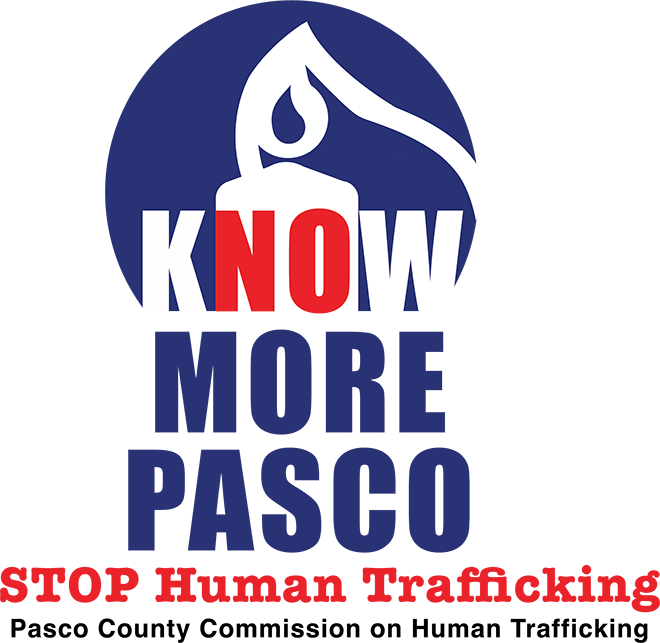A PARENT’S GUIDE TO
Human Trafficking
What is Human Trafficking? Child trafficking is the enslavement of children by force, fraud, or coercion for the purpose of commercial sexual or labor exploitation. Children are trafficked for use in sex industries such as prostitution, pornography, sex tourism, and forced marriages. They are also used for domestic work, sweatshop work, migrant farming, begging and armed services.
How to keep your child safer. One of the most important things you can do to protect your child is to create an environment in which he or she feels comfortable talking with you. Open communication is key. Share the dangers of child trafficking with your children and encourage them to alert you when they feel uncomfortable in any situation.
Often trafficking victims have experienced victimization in the past, and many times this has been inflicted by individuals close to the victim. Do you trust the people with whom your child interacts? Knowing whom your children are with at all times is crucial to protecting their safety.
When your child is online, do you know what sites they are visiting and with whom they are communicating? Taking the time to monitor what your children do and who they are interacting with on the Internet is VERY important step in keeping your child safer. If something does not seem right, ask questions!
Some signs and vulnerabilities to look for:
- History of sexual abuse. Traffickers will work to identify any vulnerability in a young person’s life and sue that to both create a closer bond and maintain future control.
- History of running away or current status as a runaway.
- Signs of current physical abuse and/or multiple sexually transmitted diseases.
- Unstable home life and/or involvement in the child welfare or foster care system.
- Inexplicable appearance of gifts, clothing, or other costly items that does not fit the child’s situation.
- Traffickers often buy gifts for their victims as a way to build a relationship to earn trust.
- Presence of an older significant other. While they seem “cool,” older friends or partners are not always the caring individuals they appear to be.
- Substance abuse of harder drugs. Traffickers may also target youth with significant drug addictions as well as use drugs to lure their victims.
- Withdrawal or lack of interest in previous activities. Due to depression or being forced to spend time with their trafficker, victims lose control of their personal lives.
- Gang involvement, especially among younger females.
Resources:
National Human Trafficking Hotline
1-888-373-7888
www.Humantraffickinghotline.org
National Center for Missing and Exploited Children
1-800-843-5678
www.Missingkids.com
Pasco County Commission on Human Trafficking
Email: htcommission@pascocountyfl.net
www.pascocountyfl.net/index.aspx?NID=2110
Pasco County Sheriff’s Office
Citizens Resources
https://pascosheriff.com/community-outreach.html




FOCUS ON PREVENTION
With Young Children
Teach basic facts young children need to be safe: their and their parents’ full names, home address, phone numbers, how and when to call 911, and 3 trusted adults hey can call if they feel scared.
Write this information down and keep it where your child can access it (i.e., on the refrigerator).
With Children Starting School
Create and practice “what-if” situations like if your child became lost, or when a stranger knocks on the door.
Visit your child’s route to and from school and point out dangerous areas to be avoided, and safe places to go if they feel scared. Encourage your children to walk with friends. Be sure they know to never accept a ride from a stranger.
Teach them that if anyone tries to grab or touch them in a way they don’t want, they should resist by kicking, screaming, running away, and drawing attention from others. They need to know it’s okay to ask law enforcement and school security guards for help.
With Teens
Discuss what social media profiles they can create and what information is safe to publicly share. Talk about proper and improper photos and comments, and explain why. Be sure they understand NOTHING is completely deleted from the internet.
Have login information for all social media profiles your child is using. Often times there is communication on social media prior to a child being trafficked. Time can be saved by having this information to provide to the responding agency.



